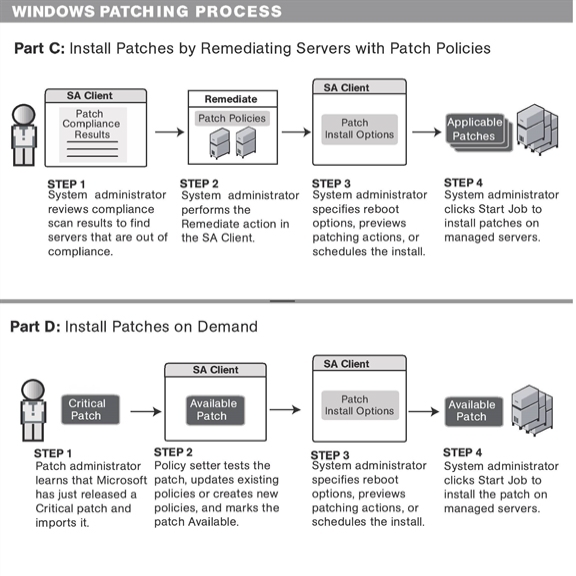Searching the Help
To search for information in the Help, type a word or phrase in the Search box. When you enter a group of words, OR is inferred. You can use Boolean operators to refine your search.
Results returned are case insensitive. However, results ranking takes case into account and assigns higher scores to case matches. Therefore, a search for "cats" followed by a search for "Cats" would return the same number of Help topics, but the order in which the topics are listed would be different.
| Search for | Example | Results |
|---|---|---|
| A single word | cat
|
Topics that contain the word "cat". You will also find its grammatical variations, such as "cats". |
|
A phrase. You can specify that the search results contain a specific phrase. |
"cat food" (quotation marks) |
Topics that contain the literal phrase "cat food" and all its grammatical variations. Without the quotation marks, the query is equivalent to specifying an OR operator, which finds topics with one of the individual words instead of the phrase. |
| Search for | Operator | Example |
|---|---|---|
|
Two or more words in the same topic |
|
|
| Either word in a topic |
|
|
| Topics that do not contain a specific word or phrase |
|
|
| Topics that contain one string and do not contain another | ^ (caret) |
cat ^ mouse
|
| A combination of search types | ( ) parentheses |
|
- Patch management for Windows
- Features
- SA Client library
- Windows patching support of all products in the Microsoft patch catalog
- Microsoft patch database
- Patch installation
- Roles for Windows patch management
- Patch management process
- Patch management tasks
- Policy management
- Remediating patch policies
- Adding items to a Windows patch policy using the Object ID
- Patch compliance
- Patch administration
- Download and install Windows patch management files (optional)
- Patch locales
- Patch uninstallation
Patch management process
The Windows patching process consists of the following phases:
- Setup: This phase includes getting the Microsoft database (patches and metadata) into Server Automation, identifying products you want to track patches for, and configuring patch compliance.
- Policy Managementt: This phase includes investigating released patches, creating and updating patch policies or exceptions, marking patches available to use, and attaching policies or exceptions to servers or groups of servers.
- Patch Compliance: This phase includes running compliance scans to determine whether a server is out of compliance, remediating policies, setting up installation options, and installing applicable patches.
- Deployment: To deploy patches on demand, you can import the required patches, test them, update policies, create new policies, mark them as available to use, specify install options, and install the required patches. The following figures illustrate these phases and their required steps.
Windows patching process: Part A and Part B

Windows patching process: Part C and Part D

We welcome your comments!
To open the configured email client on this computer, open an email window.
Otherwise, copy the information below to a web mail client, and send this email to hpe_sa_docs@hpe.com.
Help Topic ID:
Product:
Topic Title:
Feedback:





